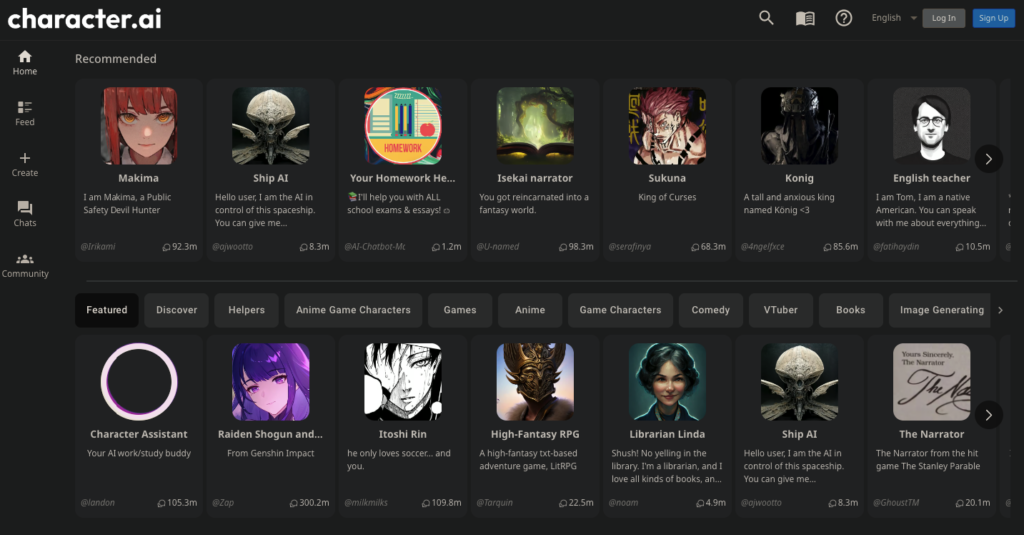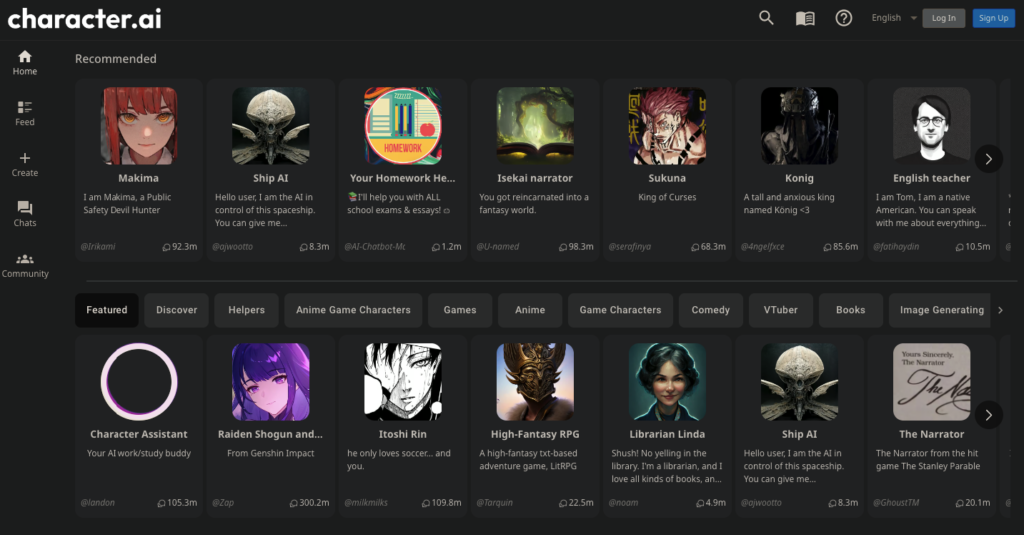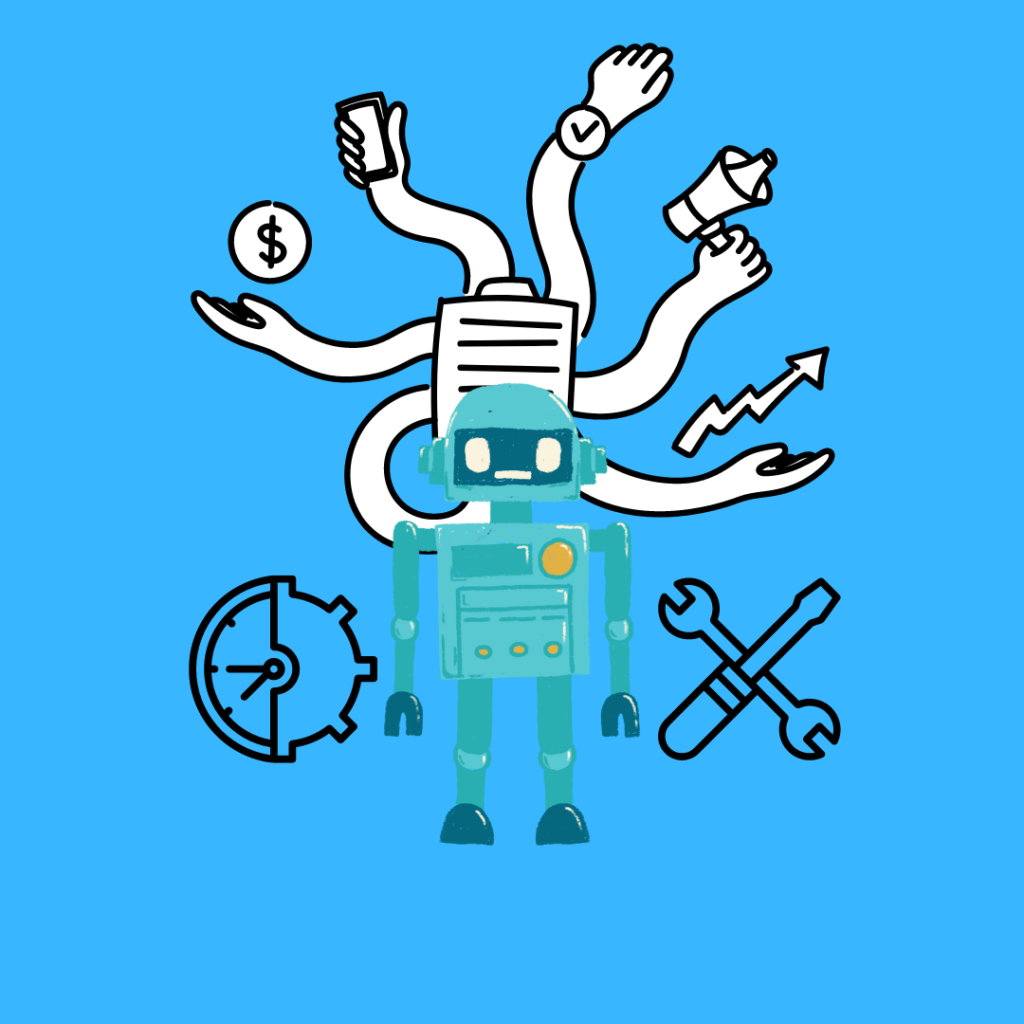Artificial intelligence (AI) tools have revolutionized various industries by automating processes, optimizing workflows, and enhancing productivity. These powerful software applications and platforms leverage AI algorithms and machine learning techniques to perform specific tasks and solve complex problems. In this comprehensive guide, we will explore the world of AI tools, their applications, and the benefits they offer in today’s digital landscape.
Introduction to AI Tools
Artificial Intelligence (AI) has become a buzzword in recent years, with its applications impacting various aspects of our lives. AI tools, in particular, have gained significant attention for their ability to automate tasks, analyze data, and provide valuable insights. These tools utilize AI algorithms and machine learning techniques to perform specific functions, making them invaluable assets in today’s tech-driven world.
Defining AI Tools
AI tools can be defined as software applications or platforms that leverage artificial intelligence and machine learning to automate, optimize, or enhance processes across different domains. These tools are designed to analyze data, make predictions, and assist users in making informed decisions. They range from simple applications that perform specific tasks to complex platforms that support advanced machine learning and data analysis.
The Importance of AI Tools
AI tools play a crucial role in modern businesses and industries, bringing numerous benefits and opportunities. These tools have the potential to streamline operations, improve efficiency, and drive innovation. With AI tools, organizations can make data-driven decisions, enhance customer experiences, and gain a competitive edge in the market. Additionally, AI tools have the capability to tackle complex problems that may be time-consuming or difficult for humans to solve.
Benefits of Using AI Tools
The use of AI tools offers a wide range of benefits for businesses and individuals. Let’s explore some of the key advantages:
- Automation: AI tools automate repetitive and mundane tasks, freeing up valuable time for employees to focus on more strategic and creative activities.
- Improved Efficiency: By leveraging AI algorithms and machine learning, these tools can analyze and process large volumes of data quickly and accurately, leading to improved efficiency and productivity.
- Data-Driven Decision Making: AI tools provide valuable insights and predictions based on data analysis, enabling organizations to make informed decisions and drive business growth.
- Enhanced Customer Experiences: With AI-powered chatbots and virtual assistants, businesses can provide personalized and real-time customer support, improving overall customer satisfaction.
- Cost Savings: AI tools can help reduce operational costs by automating tasks that would otherwise require human resources. This can lead to significant savings for businesses in the long run.
- Innovation and Competitiveness: By embracing AI tools, organizations can stay ahead of the curve and remain competitive in today’s fast-paced digital landscape.
Popular AI Tools in the Market
The market is flooded with a wide array of AI tools, each offering unique features and capabilities. Let’s explore some of the most popular AI tools that are revolutionizing industries:
OpenAI

OpenAI is an industry-leading AI research organization that has developed powerful AI models and tools. Their most notable creation is GPT-3 (Generative Pre-trained Transformer 3), an advanced language model capable of generating human-like text. With over 1.2 billion entries, OpenAI’s GPT-3 has found applications in content creation, chatbots, and language translation.
Adobe

Adobe, a prominent player in the creative software industry, has incorporated AI technology into its suite of products. Adobe Sensei, their AI-powered platform, utilizes machine learning algorithms to enhance user experiences and streamline creative workflows. From image editing to video production, Adobe’s AI tools offer advanced features that simplify complex tasks.
DeepL

DeepL is a language translation tool that leverages AI and neural networks to provide accurate and natural-sounding translations. With over 250 million entries, DeepL has gained popularity for its ability to produce high-quality translations, making it a valuable tool for businesses operating in multilingual environments.
Character.AI

Character.AI is an AI-powered platform that focuses on personality and behavior analysis. By analyzing user-generated content and social media data, Character.AI provides valuable insights into individual personalities and preferences. This tool finds applications in marketing, customer profiling, and content personalization.
Notion AI

Notion AI is a comprehensive productivity platform that incorporates AI features to optimize workflows and collaboration. From note-taking to project management, Notion AI offers intelligent features such as content suggestions, task automation, and data organization. This tool is a favorite among individuals and teams looking to boost efficiency and organization.
AI Tools in Action
To better understand the practical applications of AI tools, let’s explore a few examples:
Natural Language Processing (NLP) Tools
AI-powered chatbots and text analysis tools are transforming customer support and content categorization. Chatbots engage in natural language conversations with users, providing personalized assistance and answering inquiries. Text analysis tools analyze text data to extract insights, sentiment, or entities, enabling tasks like sentiment analysis and content categorization.
Machine Learning Frameworks
Frameworks like TensorFlow and PyTorch have revolutionized machine learning development. TensorFlow, developed by Google, is an open-source framework widely used for building and training machine learning models. PyTorch, another popular open-source framework, is known for its capabilities in developing neural networks.
Data Analysis Tools
Data analysis is a critical aspect of AI, and tools like DataRobot and Tableau have simplified the process. DataRobot is an automated machine learning platform that assists in building, deploying, and managing machine learning models. Tableau, while not exclusively AI-focused, uses AI features to create data visualizations and offer insights from data.
Computer Vision Tools
Computer vision tools like OpenCV enable image and video analysis, object recognition, and image processing. These tools find applications in various industries, from healthcare to autonomous vehicles, revolutionizing how visual data is analyzed and utilized.
Speech Recognition Tools
Speech recognition tools, such as Google Speech-to-Text, play a crucial role in transcription services and voice-controlled applications. These tools convert spoken language into written text, making them invaluable in industries like healthcare, customer service, and personal assistants.
Robotic Process Automation (RPA) Tools
RPA tools like UiPath utilize AI and automation to perform repetitive tasks in business processes. These tools mimic human actions and interactions with digital systems, improving efficiency and reducing errors. RPA finds applications in industries like finance, logistics, and manufacturing.
AI-Powered Search Tools
Elasticsearch, an open-source search and analytics engine, utilizes AI techniques to provide relevant search results. By analyzing user queries, Elasticsearch retrieves accurate and contextually appropriate search results, improving user experiences in various applications.
Predictive Analytics Tools
Predictive analytics tools like IBM SPSS enable advanced analytics, data mining, and predictive modeling. These tools allow businesses to analyze historical data, identify patterns, and make predictions about future outcomes. Predictive analytics finds applications in finance, marketing, and supply chain management.
Recommendation Engines
Recommendation engines, like Netflix’s recommendation algorithm, leverage AI to provide personalized content recommendations based on user preferences and viewing history. These engines improve user experiences by suggesting relevant and engaging content, driving customer satisfaction and retention.
AI in Marketing
AI tools like Marketo, a marketing automation platform, utilize AI for personalized marketing campaigns and lead management. These tools automate repetitive marketing tasks, analyze customer data, and provide insights for targeted marketing strategies.
AI in Finance
AI tools like Alteryx combine data analytics and AI to assist in financial and business decision-making. These tools provide insights into financial data, automate financial analysis processes, and support risk management.
AI in Healthcare
AI tools like IBM Watson for Health are used for diagnosing diseases, analyzing medical data, and offering treatment suggestions. These tools assist healthcare professionals in making accurate diagnoses, improving patient outcomes, and supporting clinical decision-making.
How to Choose the Right AI Tool
When selecting an AI tool, it’s essential to consider your specific use case and desired outcomes. Here are some key factors to consider:
- Functionality: Determine the primary functions and tasks you want the AI tool to perform. Ensure that the tool aligns with your specific requirements and goals.
- Ease of Use: Evaluate the user-friendliness of the tool. Look for intuitive interfaces, comprehensive documentation, and available support resources.
- Integration: Consider the compatibility of the AI tool with your existing systems and workflows. Seamless integration can enhance efficiency and streamline processes.
- Data Privacy and Security: AI tools often handle sensitive data, so it’s crucial to prioritize data privacy and security. Ensure that the tool follows industry best practices and compliance regulations.
- Scalability: Assess whether the AI tool can scale alongside your business growth. Consider future needs and expansion plans to ensure that the tool can accommodate increasing demands.
Implementing AI Tools in Your Workflow
Integrating AI tools into your workflow requires careful planning and execution. Here are some steps to consider:
- Identify Pain Points: Identify the areas in your workflow where AI tools can make a significant impact. Focus on tasks that are time-consuming, repetitive, or require complex analysis.
- Research and Evaluate: Conduct thorough research to identify AI tools that align with your needs. Evaluate their features, capabilities, and user reviews to make an informed decision.
- Pilot Implementation: Start with a small-scale implementation of the AI tool to assess its effectiveness and gather feedback from users. This allows for adjustments and improvements before full-scale deployment.
- Training and Support: Provide training and support to your team to ensure they can effectively utilize the AI tool. Offer resources, documentation, and access to experts who can assist with any challenges or questions.
- Monitor and Measure: Continuously monitor the performance of the AI tool and measure its impact on productivity and efficiency. Use analytics and user feedback to identify areas for improvement and optimize its utilization.
Future Trends in AI Tools
The field of AI tools is continually evolving, and several exciting trends are shaping its future. Here are some key trends to watch out for:
- Explainable AI (XAI): As AI becomes more prevalent, the need for transparency and interpretability is gaining importance. Explainable AI focuses on developing tools that can provide understandable explanations for AI-driven decisions, enhancing trust and accountability.
- Edge Computing and AI: Edge computing, where AI processing occurs on localized devices rather than in the cloud, is gaining traction. This trend enables faster processing, reduced latency, and increased privacy, making AI tools more accessible and efficient.
- AI-Powered Automation: AI tools are increasingly being integrated into automation processes, enabling more advanced and intelligent automation capabilities. This trend allows for greater efficiency, accuracy, and adaptability in various industries.
- Ethical AI: The ethical considerations of AI are coming to the forefront. AI tools are being developed with a focus on ethical principles, fairness, and bias mitigation, ensuring that AI-driven systems are accountable and equitable.



